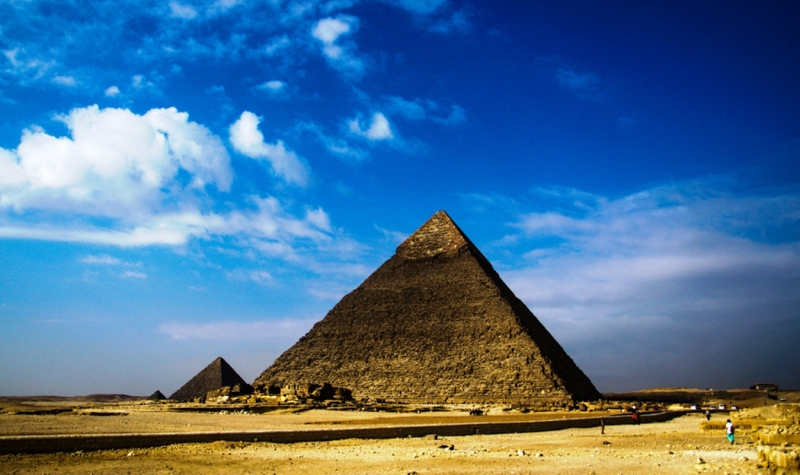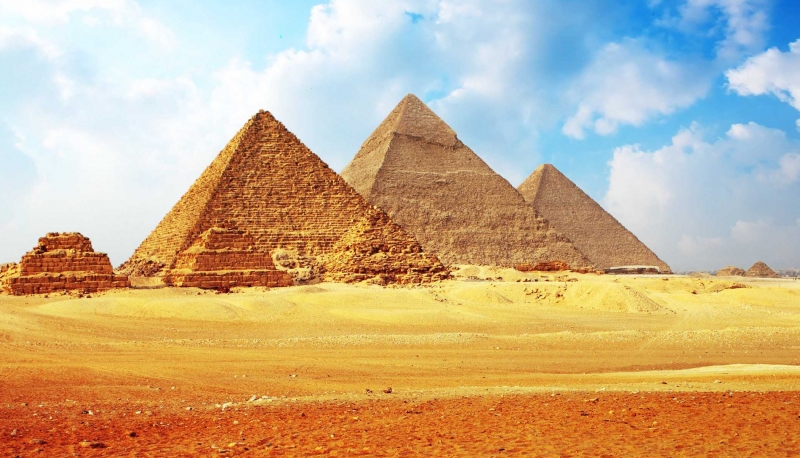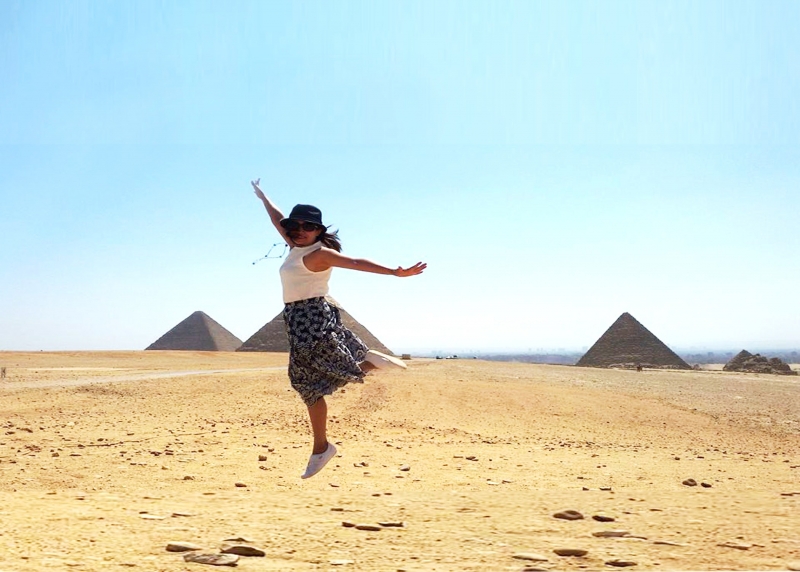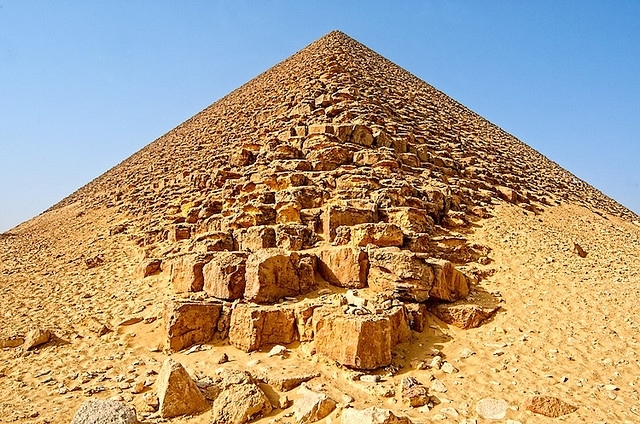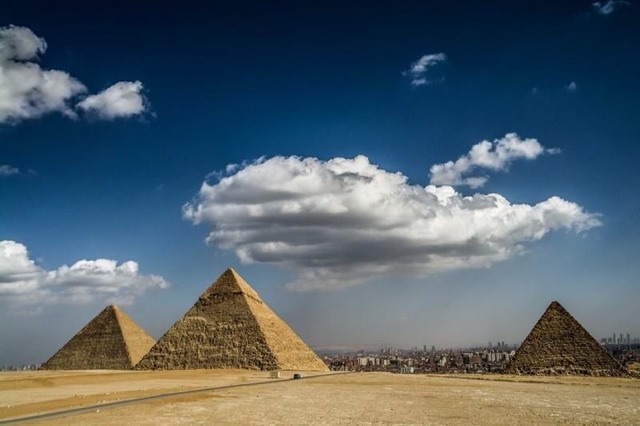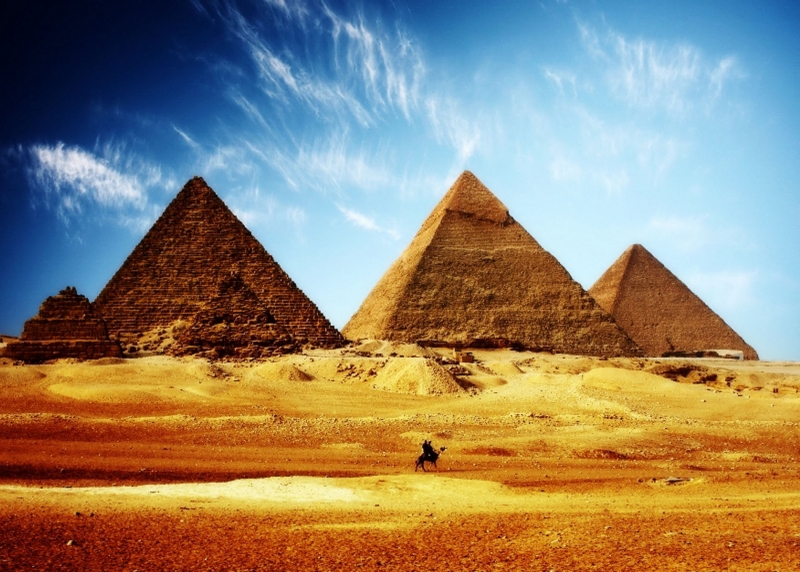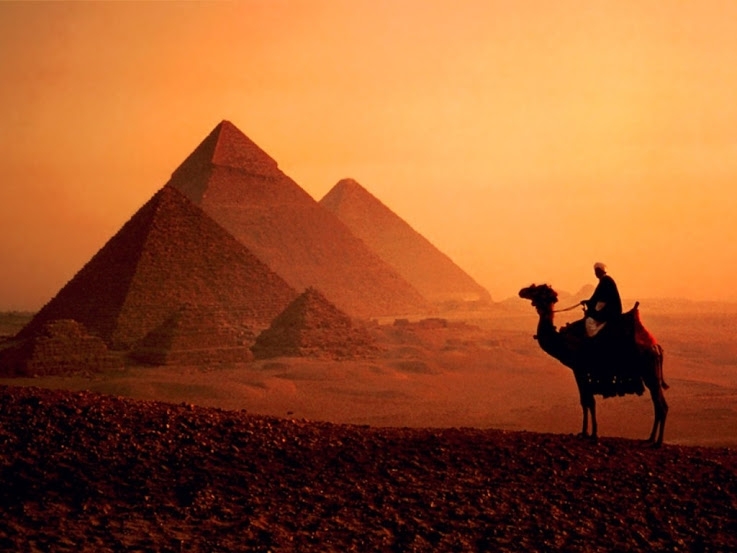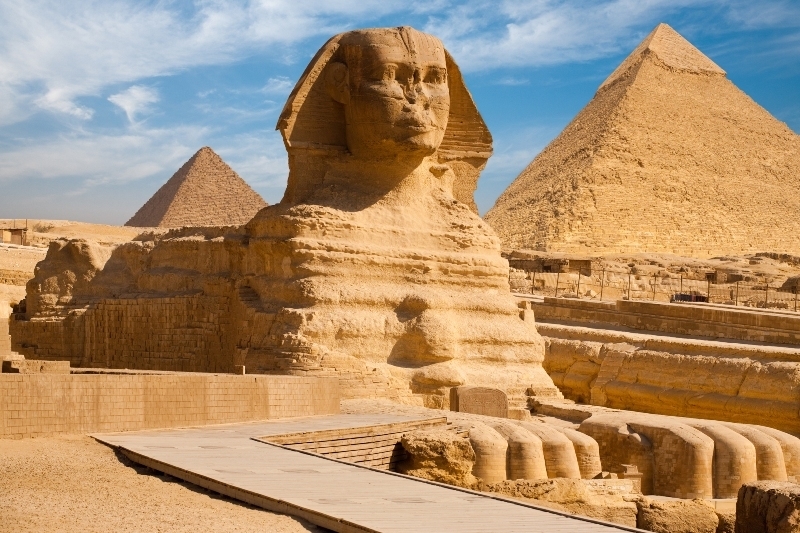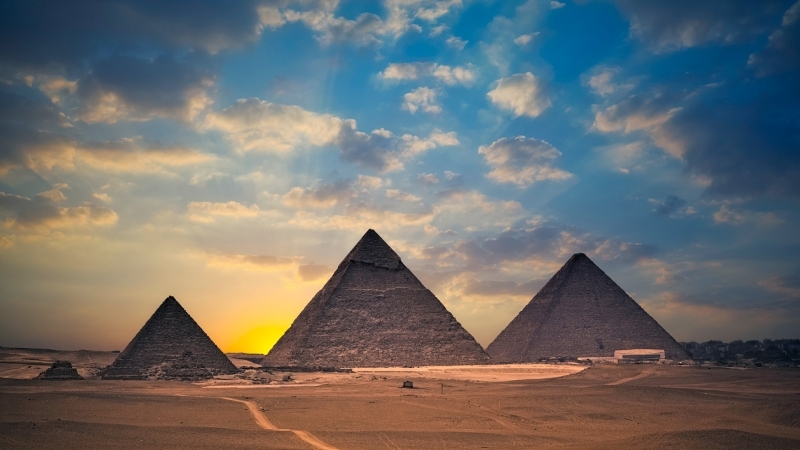The pyramids of Egypt have captured the imaginations of people for centuries. Perhaps because they are part of the glory of Ancient Egypt. Perhaps because they continue to mystify us as well as the best and the brightest scientists and scholars. The facts provided here are merely a “starter kit” of knowledge available about the fascinating pyramids.

